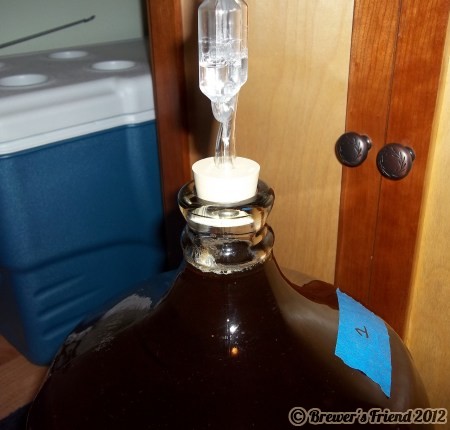usmc0811
Well-Known Member
Well today was day 6 in the primary fermenter, and after a long back and forth debate with myself as to transfer to secondary or not, I decided to just follow the direction that came with my Brewers best IPA extract kit and transfer into my carboy for second fermenting. First I took another SG reading and got 1.016 just as I did yesterday. Per the directions it said the FG should be 1.014-1.017. I made sure I sanitized everything very well while my primary sat tilted up on the counter for approximately 30 minutes allowing it to settle after the move. I then used my racking cane and transferred it smoothly. I did taste test a sip and can say it tasted like an IPA just being warm and flat. It now sits in the glass carboy with a temperature of approximately 70 deg. I guess now I will let it sit for another 2 weeks right??? and check the SG in another 2 day or so to see if it has changed any, and if it is still the same I will still let it sit to finish cleaning up. Please if you think I should do something a different way I would love to hear you advice as I am very new to all this.
![20160106_125332[1].jpg 20160106_125332[1].jpg](https://cdn.homebrewtalk.com/data/attach/279/279633-20160106-125332-1-.jpg)
![20160106_125332[1].jpg 20160106_125332[1].jpg](https://cdn.homebrewtalk.com/data/attach/279/279633-20160106-125332-1-.jpg)



